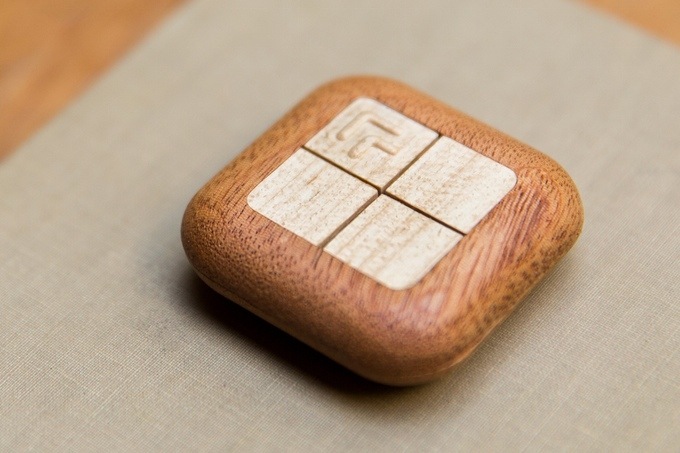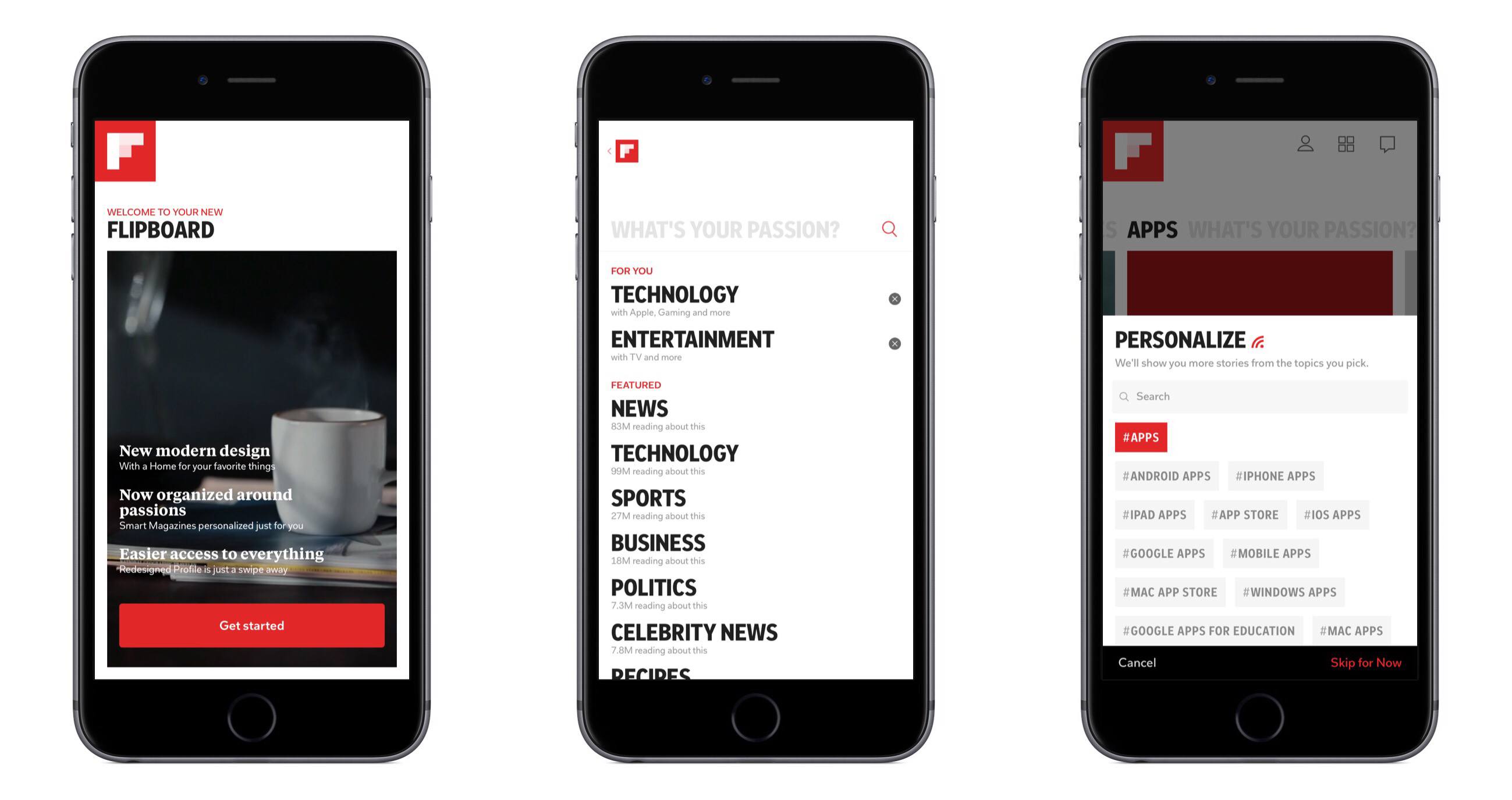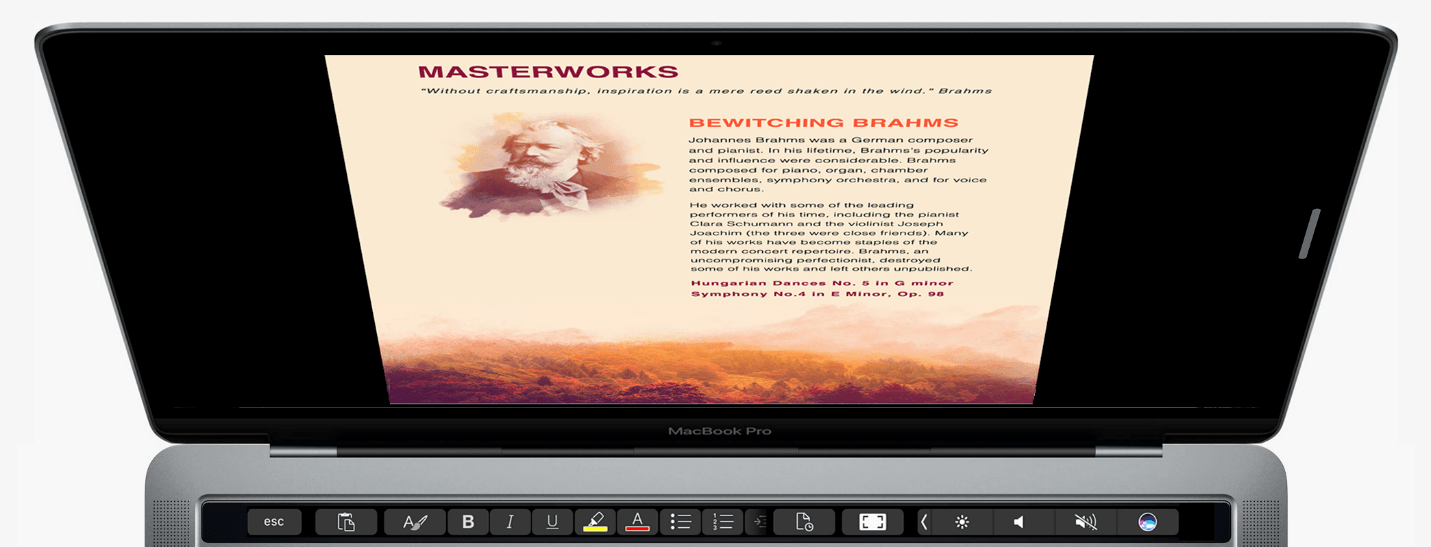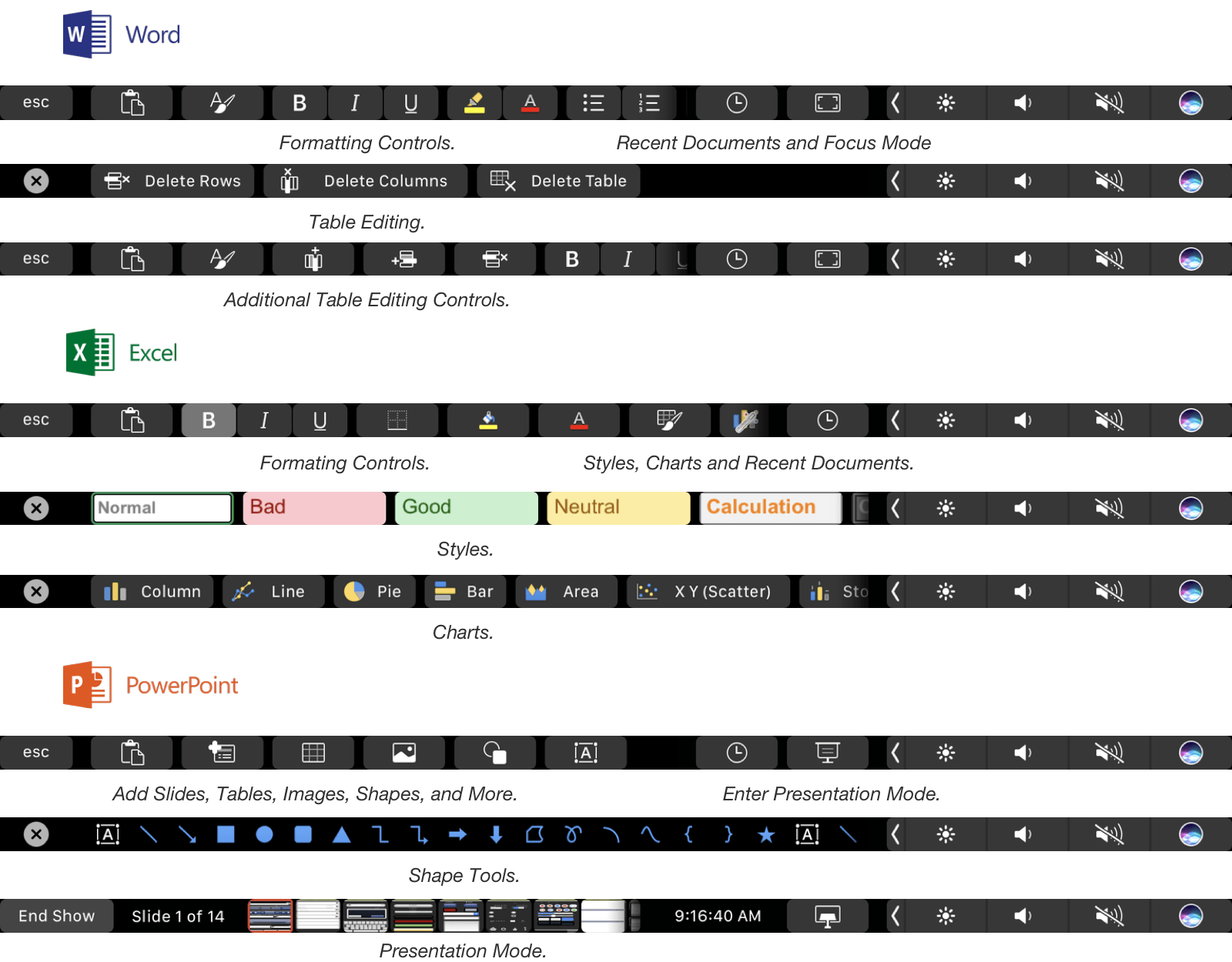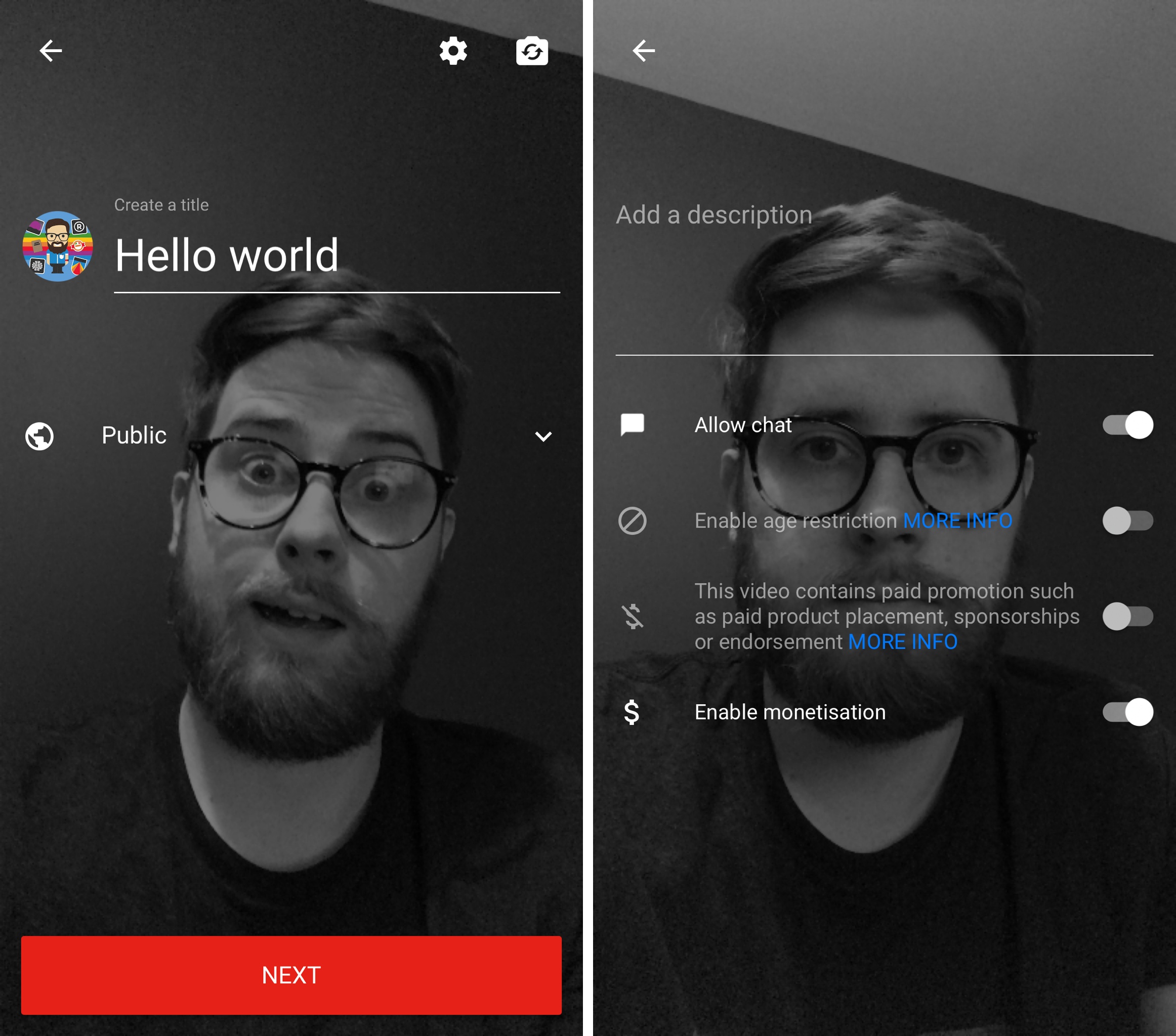After seeing the results of Kapeli’s exit from the Mac App Store, Rogue Amoeba’s Paul Kafasis compared sales of Piezo from the Mac App Store and their direct web store as well:
After seeing Kapeli’s chart, I was curious about the App Store’s impact on Piezo’s sales. The restrictions and limitations of the Mac App Store ultimately led us to remove Piezo on February 12th, 2016. We’ve now been selling it exclusively via our site for a year. This has provided about as perfect a real-world test case as one could hope for. Piezo’s removal came with minimal publicity, the price has remained constant at $19, and we’ve had no big updates or other major publicity for it in either 2015 or 2016.
His conclusion is perfectly reasonable:
In our case, however, it’s clear that we were serving Apple, rather than Apple serving us. By removing Piezo from the Mac App Store, we stopped paying a commission to Apple for the many customers who had found Rogue Amoeba on their own. Better still, we were able to improve the quality of the product while simplifying our work considerably. Ultimately, that alone was enough to convince us that leaving the Mac App Store was the right move. The subsequent revenue increase we’ve seen is merely a nice bonus.
At this point, I don’t understand why any independent developer would want to sell apps exclusively through the Mac App Store. The lack of meaningful improvements since 2011 don’t justify Apple’s high commission anymore. The Mac App Store has always been a second-class citizen; today, Mac developers like Rogue Amoeba are better served by controlling their own destiny.



